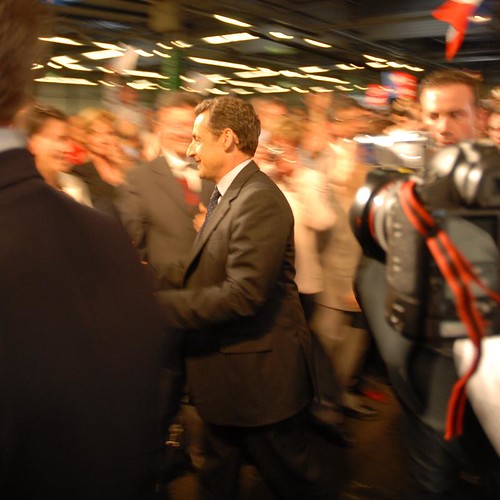In a recent update from the Maths Programme of the EPSRC, the Council gave some useful tips on completing the Summary section of the JeS form. This is often overlooked, but is crucial to the application: it’s often the first place that reviewers and panel members look. It’s a good way to get your foot in the door, to persuade them to read the rest of the proposal.
They highlight the need to keep it simple, and understandable to a general audience.
They quote Dr Shaun Stevens, an EPSRC Leadership Fellow, who suggested that applicants should ‘make it accessible — so minimal technical language: certainly none at the beginning and, where there is some, it should be explained. I would say there are (at least) two approaches: either treat it like a summary of a popular lecture, so it is in teaching mode, explaining basic concepts at the beginning and then trying to give a vague idea of the mathematics involved; or do it by analogy (a la Sarkozy) without really explaining any of the mathematics at all.’
They quote Dr Shaun Stevens, an EPSRC Leadership Fellow, who suggested that applicants should ‘make it accessible — so minimal technical language: certainly none at the beginning and, where there is some, it should be explained. I would say there are (at least) two approaches: either treat it like a summary of a popular lecture, so it is in teaching mode, explaining basic concepts at the beginning and then trying to give a vague idea of the mathematics involved; or do it by analogy (a la Sarkozy) without really explaining any of the mathematics at all.’
If you are curious about the Sarkozy reference take a look at Shaun’s grant proposal from 2008 that begins: ‘suppose there is a big wedding: let us say that President Sarkozy of France and Carla Bruni are getting married. Before this most important day in their lives, the betrothed are preparing two parties: the hen party and the stag party…’ You’re already intrigued, hooked, and want to find out more. It’s a perfect start to a summary. Click out more to see if there are tears before the end of the night on the streets of Paris.
“Sarkozy’s meeting in Toulouse for the 2007 French presidential election 0226 2007-04-12 cropped” by Guillaume Paumier is licensed under CC BY-SA 2.0

